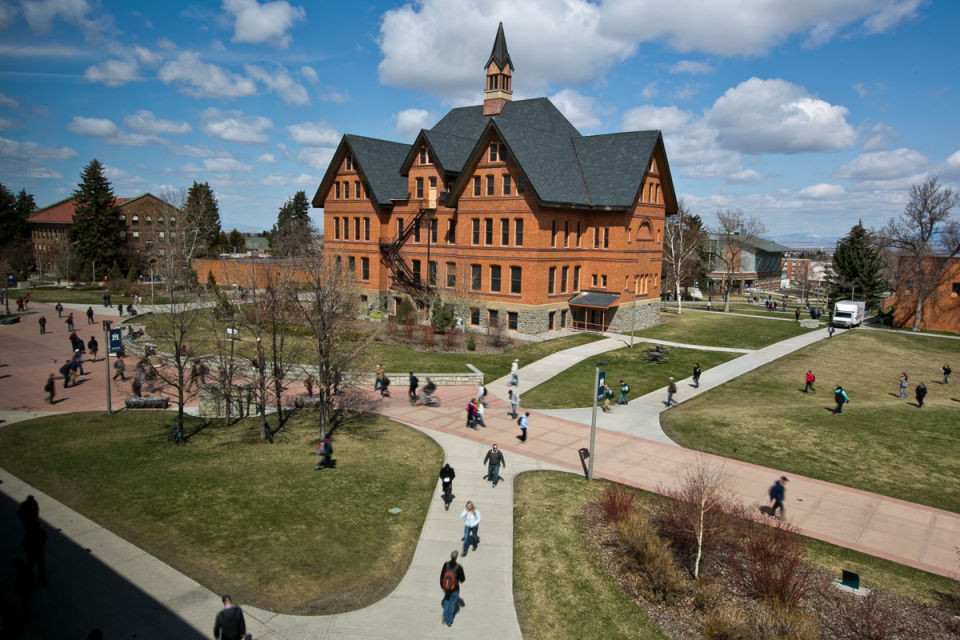BOZEMAN, Mont. – Montana State University faculty have expressed concerns the university is not expanding its COVID-19 testing adequately to address the spread of the virus during the spring semester. The response has been that MSU is part of the larger U-system, and whatever testing program is implemented will have to be systemwide.
Fair enough. MSU’s many science labs make it uniquely capable of expanding testing. But what’s good for one campus should be good for all. That said, the commissioner of higher education should be actively pursuing expanded testing on all the state’s campuses.
For an example of how to proceed, U-system officials need look no further than another Big Sky Conference campus — the University of California at Davis. That campus, with an enrollment of 30,000-plus undergraduates, launched a program in November that requires all students and employees to be tested every seven days using a saliva test that produces quick results.
Studies have shown college towns had almost twice the rate of infection as other communities in the fall semester. Here in Bozeman, nearly 1,400 cases were associated with MSU. And new infections locally dropped significantly when students left campus at the end of the fall semester. Now, barring any changes in strategy, we can expect infection numbers to rise again when students return in January. And those infections will ripple out into the community and threaten many with underlying conditions with severe illness or even death.
Testing everyone is going to cost money — to buy the tests and hire the staff to process them. But there are a variety of relatively inexpensive rapid-response tests becoming available, some in the $10 per test range. And now is the time to start stocking up.
The campuses were given millions in federal COVID-19 mitigation funds. Gov. Steve Bullock sent MSU another $776,000 to study cheaper, faster methods for testing. And the university has received a $1.8 million National Institutes of Health grant to study virus-testing strategies in underserved populations. Surely funds can be found within the system to launch a much more widespread testing program for all the campuses.
Hope is coming in the form of vaccines, and MSU has been approved to administer those when they show up. But in the meantime, the best strategy for keeping the virus at bay is finding as many infections as possible and quarantining those cases. And nowhere is that more important than on the state’s college campuses.














